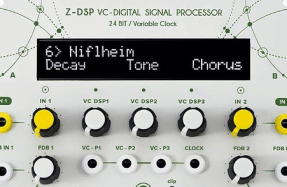
Minor keys and minor scales have a rep for being dark and sad, and while that's true in a very broad sense, it's probably more to do with the fact that they're just generally not as bright and happy, when played individually, as their major counterparts.
So while they do have a tendency to drift towards the dark side, working in minor keys is not all doom and gloom. A surprising number of pop songs are built using minor melodies in minor keys, mainly because it just sounds cool. What might surprise a lot of people is that most songs that are in a minor key actually contain a decent number of major chords.
So how does that work exactly? And it you want to start out deliberately writing a song that featuresscales to lay over the top when writing melodies to fit. Of those three types of minor scale natural, harmonic and melodic - the melodic minor scale is a bit of a peculiarity that's rarely used outside of classical music.


